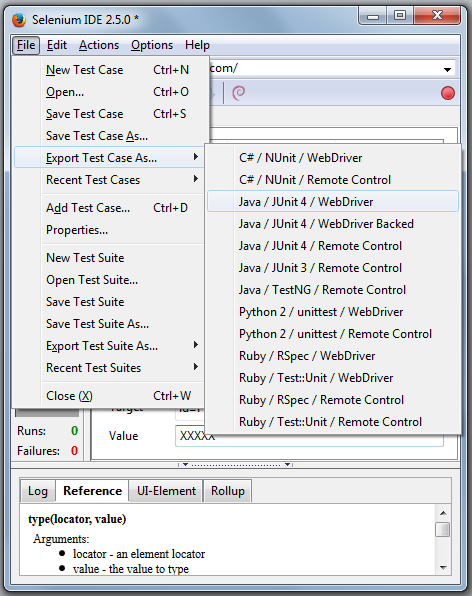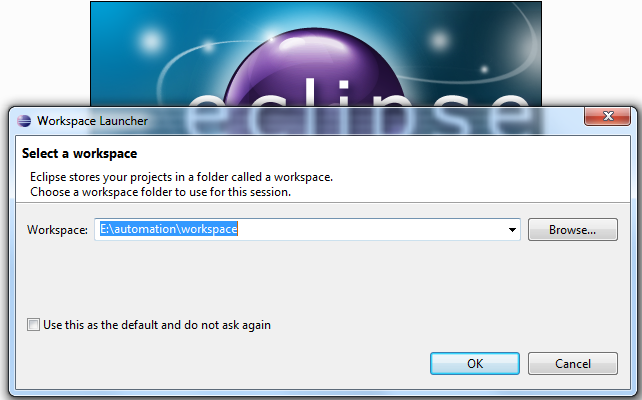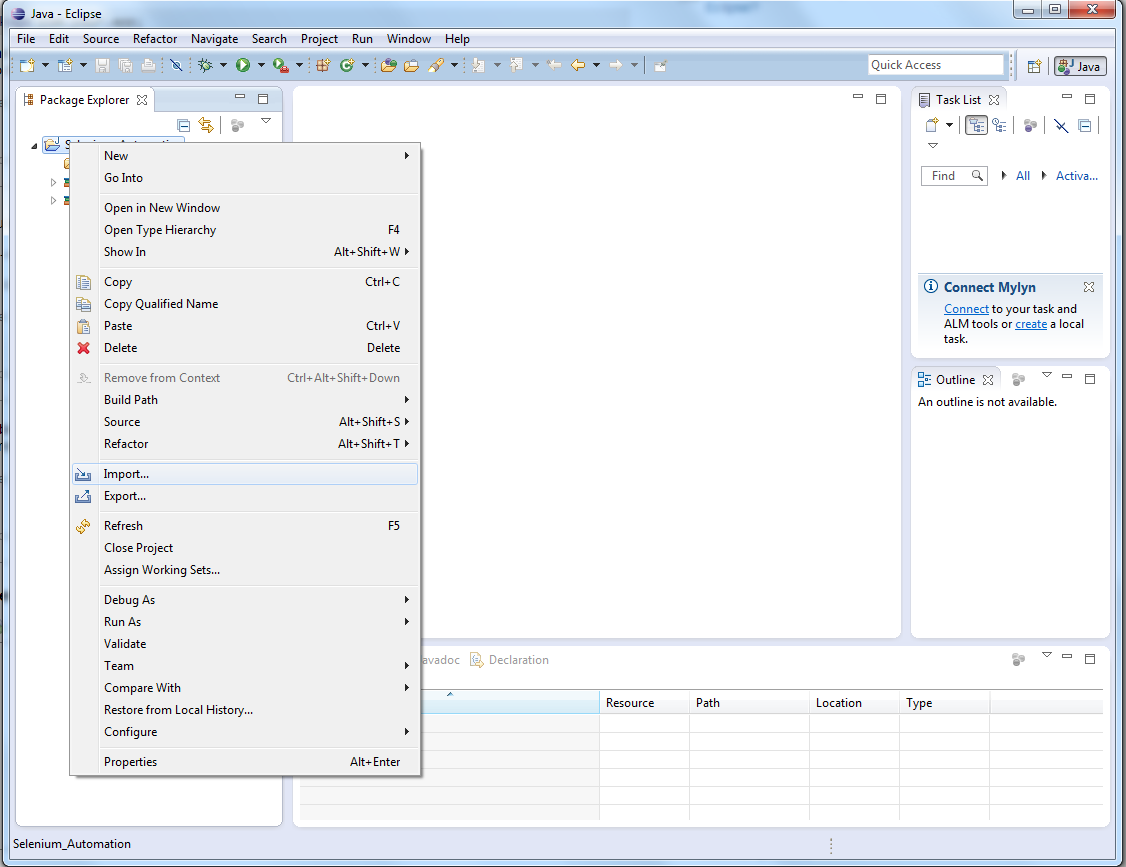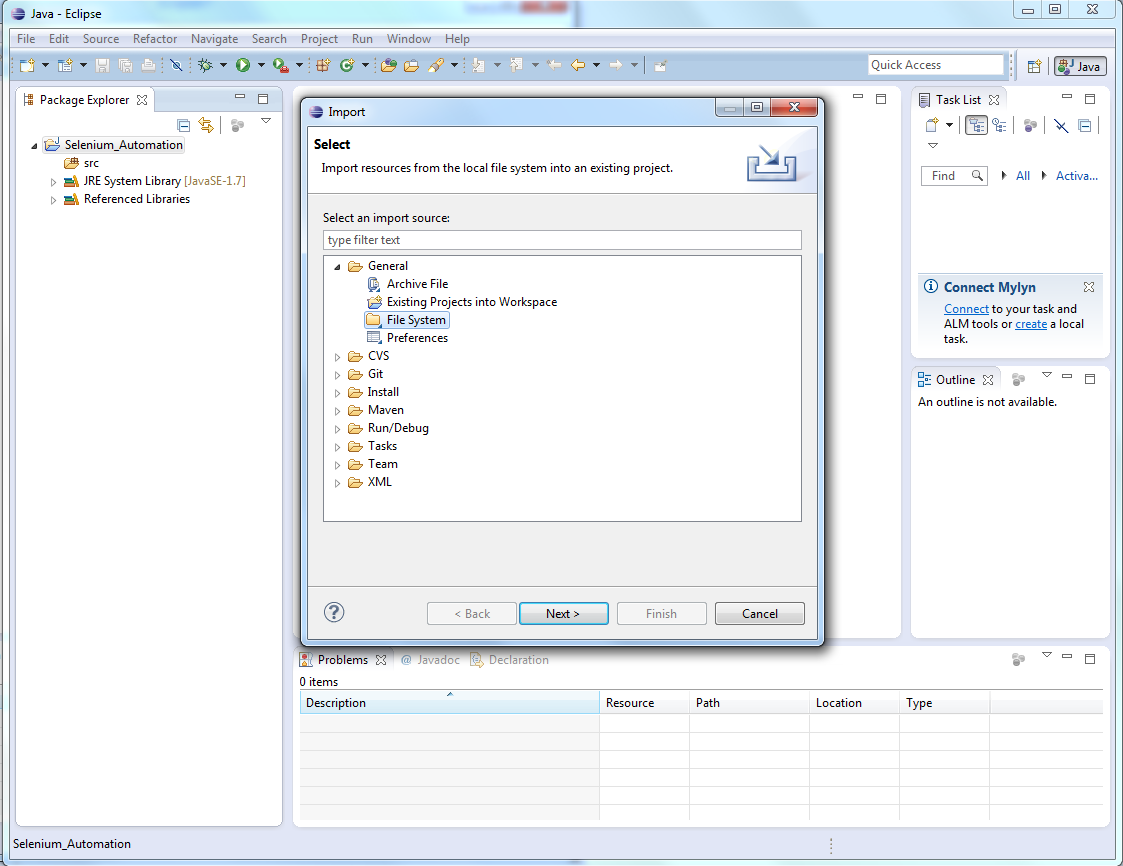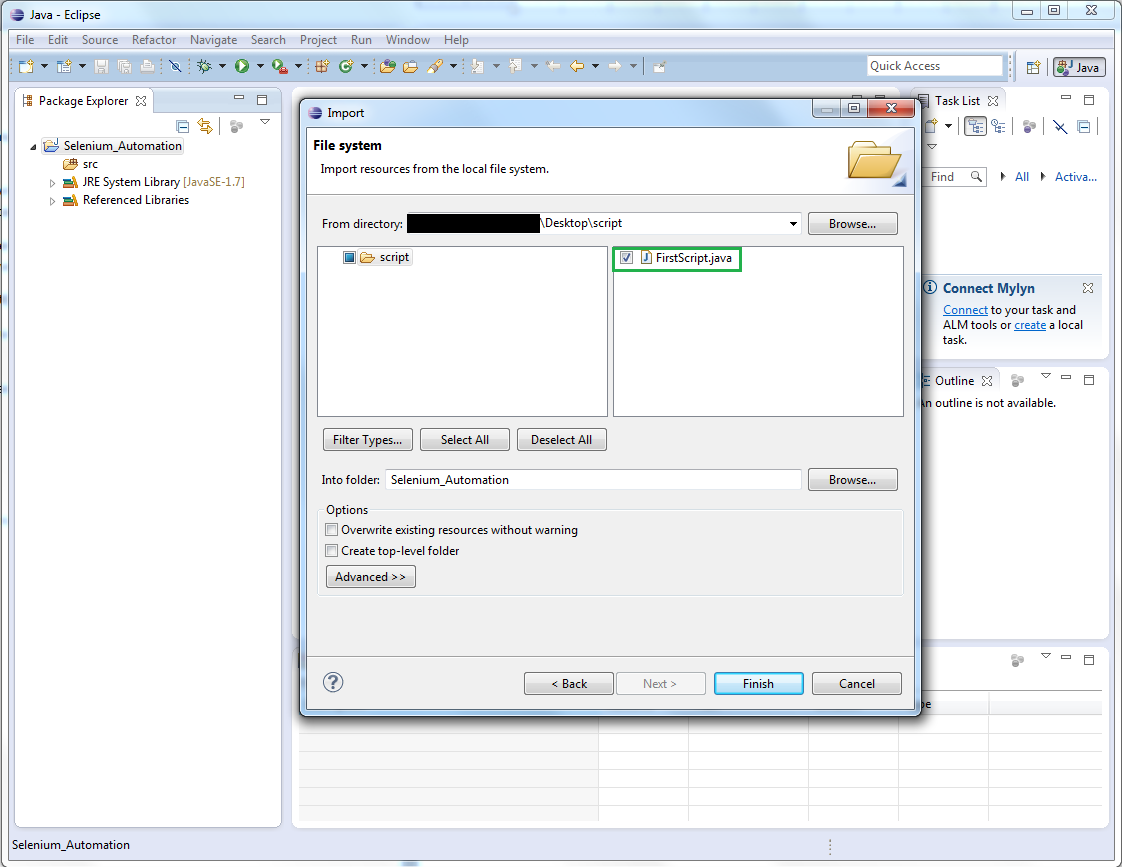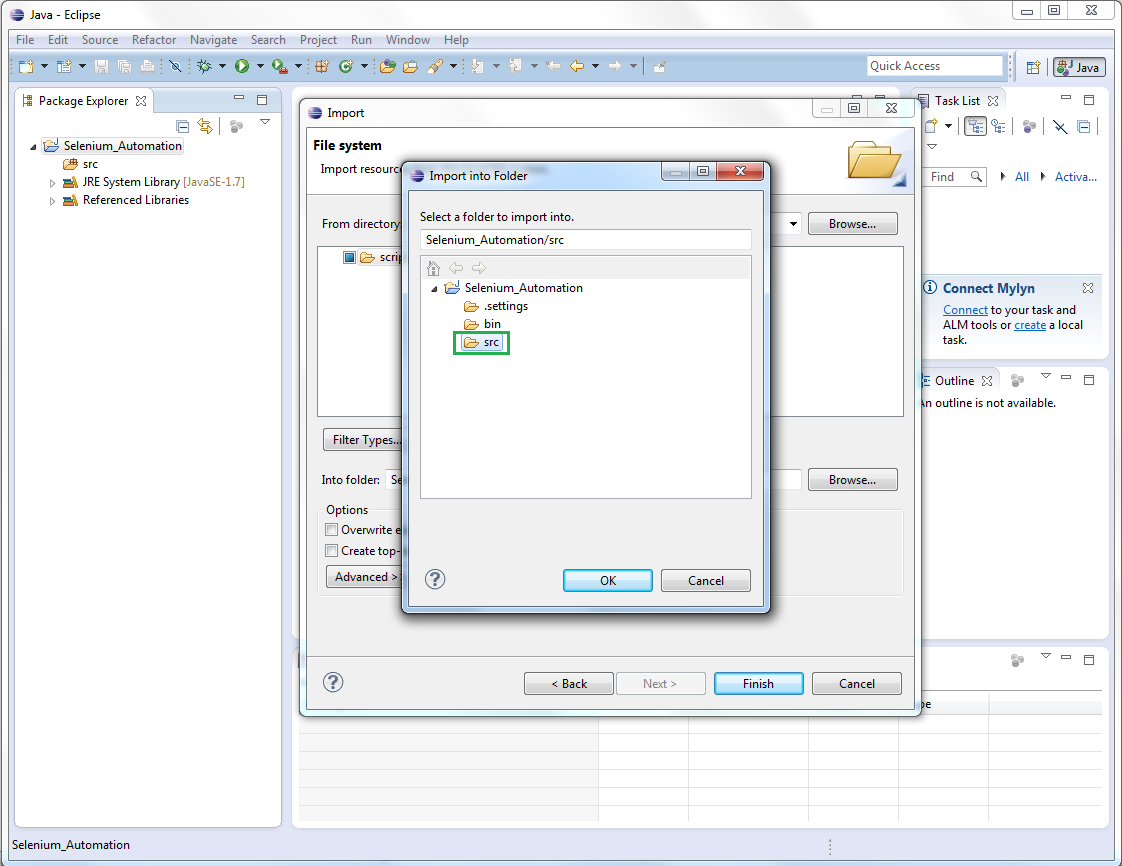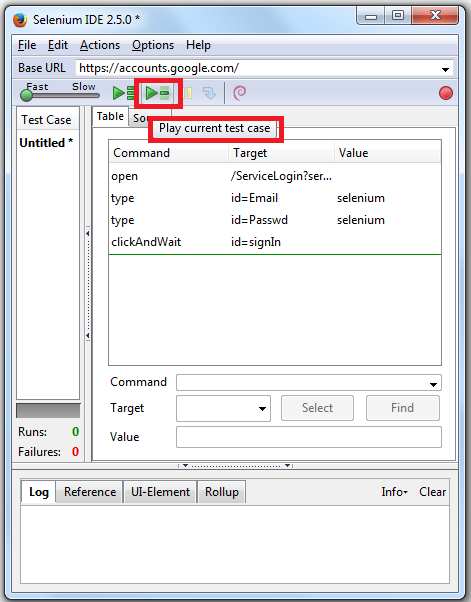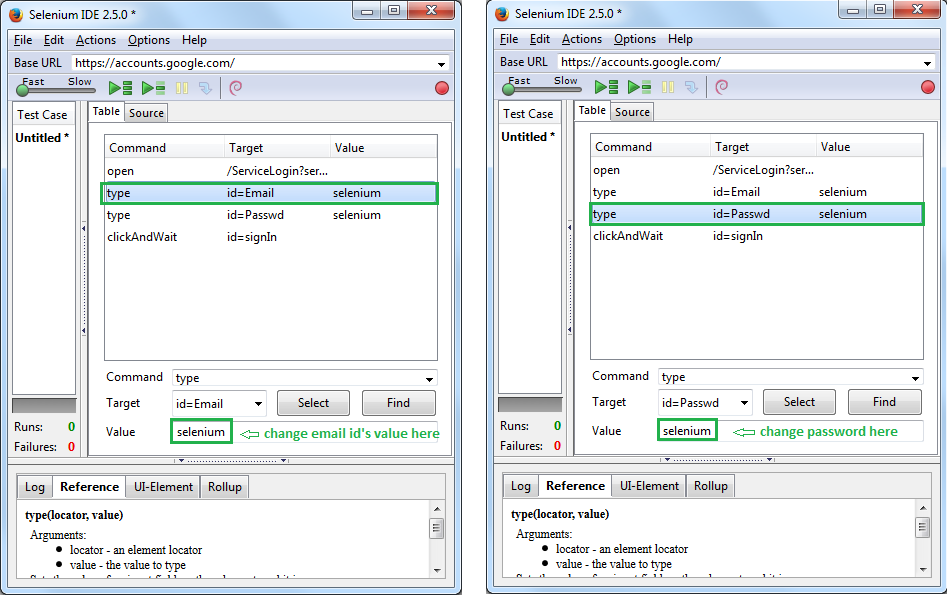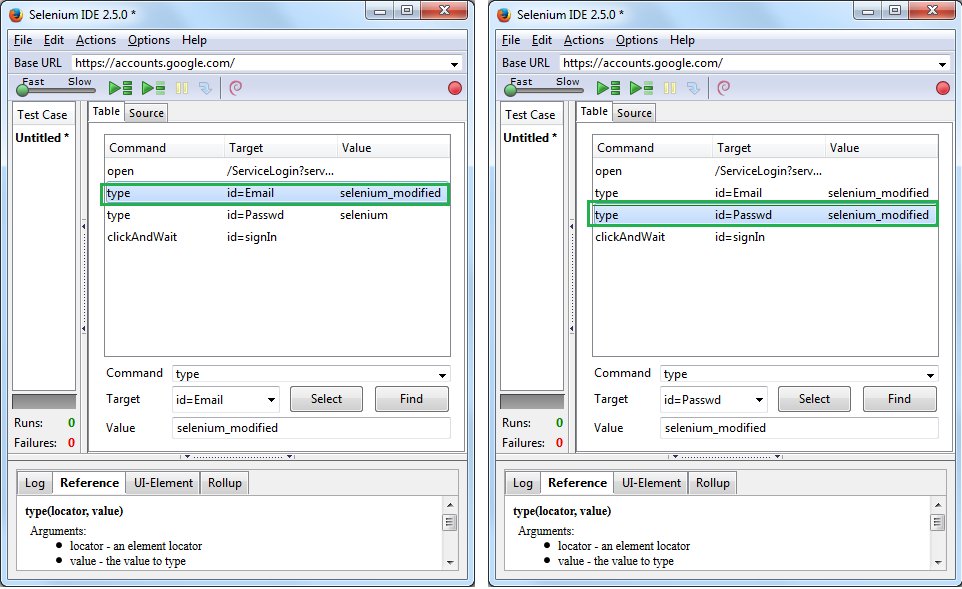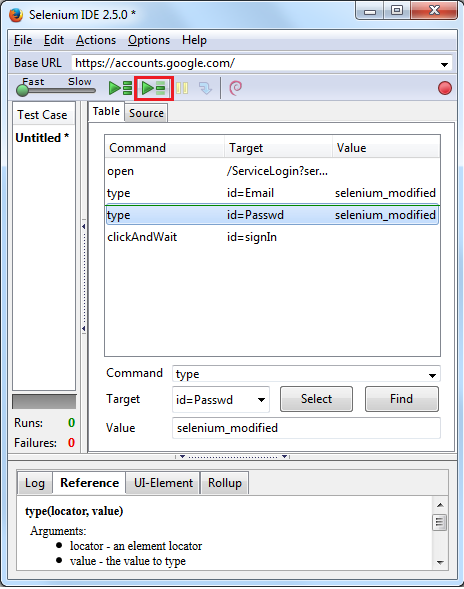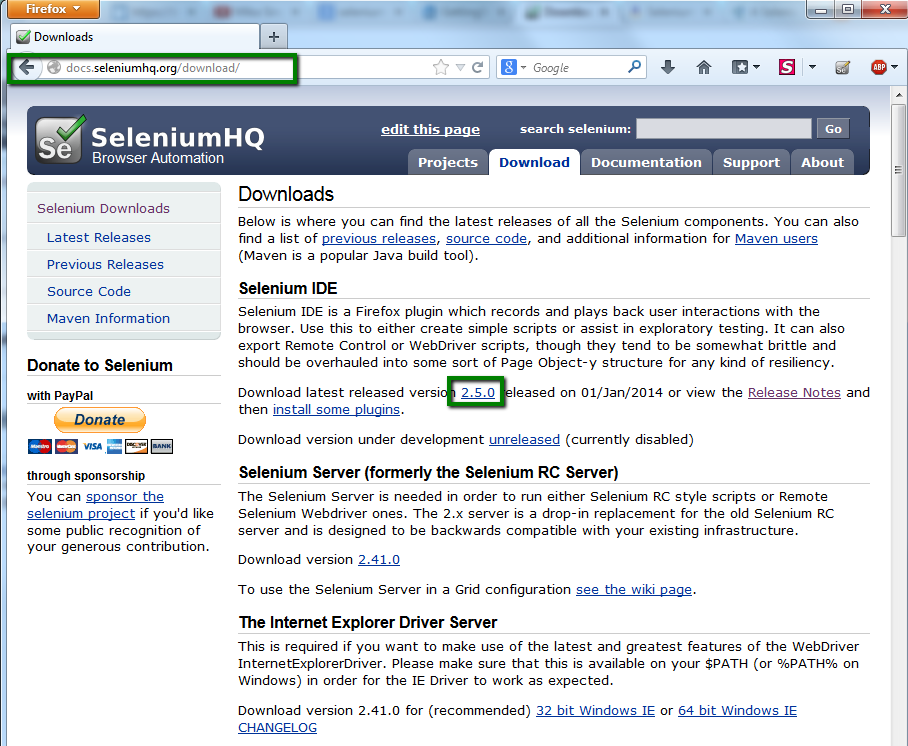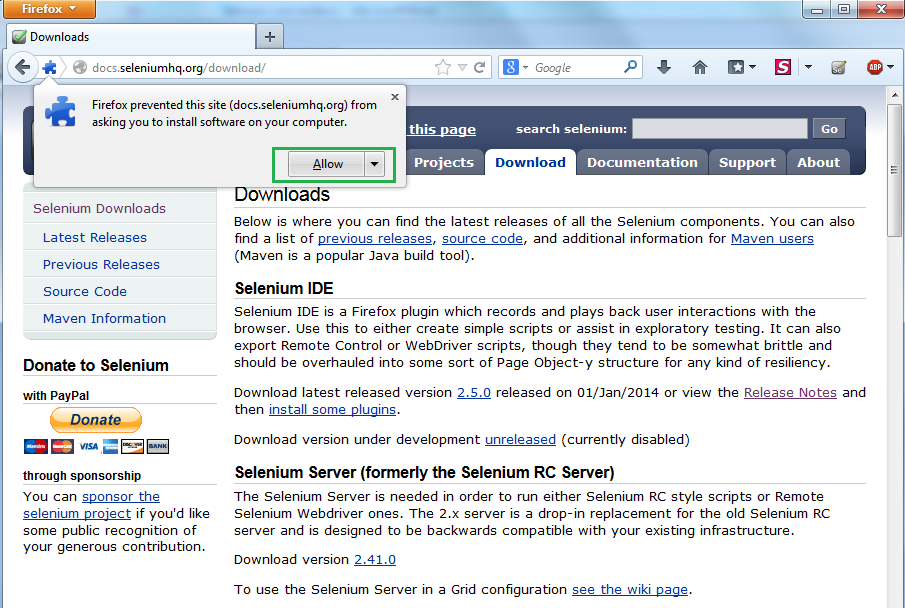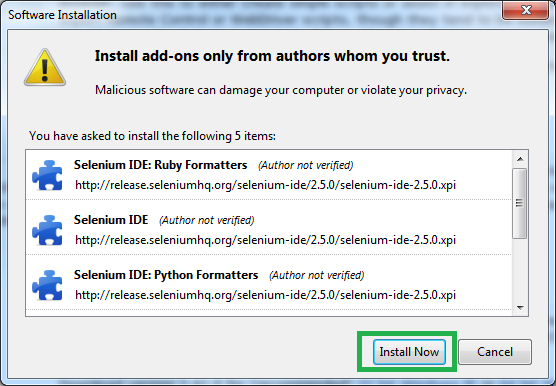Sometimes it is important to run JavaScript directly from the code to get any property of Browser-BOM, HTML-DOM etc.
- The Browser Object Model (BOM) allows JavaScript to "talk to" the browser. It includes Window, Navigator, Screen, History, Location etc.
- With the HTML DOM, JavaScript can access and change all the elements of an HTML document. It includes Document, HTML, CSS, Elements etc.
We can execute JavaScript in 2 simple steps:
- Cast the WebDriver instance to a JavascriptExecutor
JavascriptExecutor js = (JavascriptExecutor) driver; - Execute JavaScript
js.executeScript("script for execution")


